Molise, autumn 2022
2022
You may also like
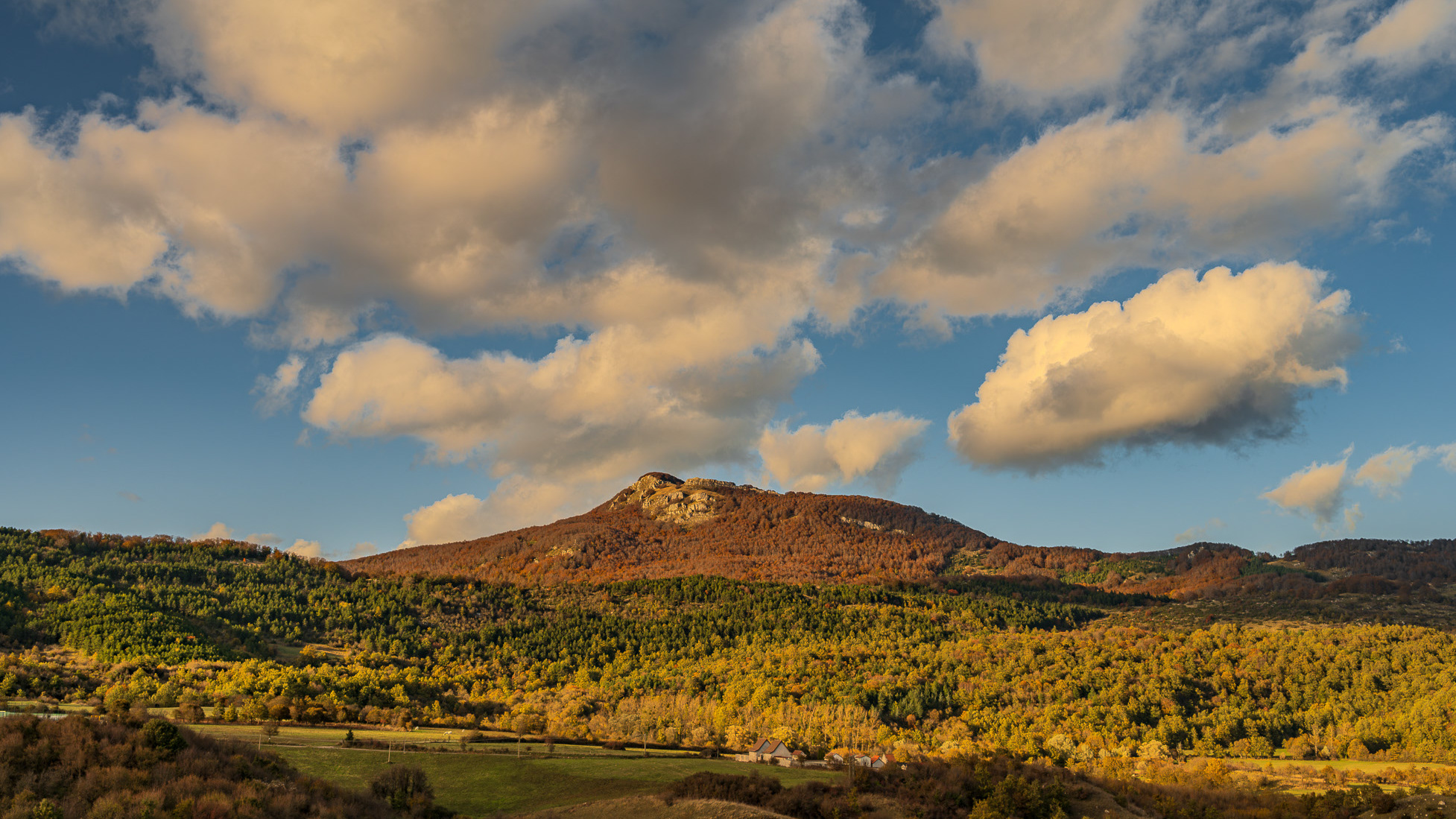
2023
Spectacular autumn landscape

2007
Castiglione di Carovilli (IS)
Castiglione di Carovilli (o Castiglione) è una frazione del comune di Carovilli, nella provincia di Isernia, Molise. Sito in una zona di grande valore paesaggistico e faunistico, oggi conta circa 200 abitanti, mentre agli inizi del secolo la popolazione era attorno al migliaio di unità. Rilevante è la presenza dell'Oasi WWF di Collearso (attraversata dal fiume Trigno) nella quale si possono osservare molte specie di mammiferi (cinghiale, daino, volpe, lupo, puzzola europea, tasso, donnola), uccelli (nibbio), rettili (vipera comune, lucertola, biscia) e anfibi. Per ciò che riguarda il patrimonio storico e architettonico va segnalata l'antica chiesa sul colle, risalente al Quattrocento, che oggi, specie nei mesi estivi, ospita manifestazioni teatrali e di musica classica.
2025
Sant’Elena Sannita. Spectacular spring views
2025
The Guardialfiera or Liscione lake
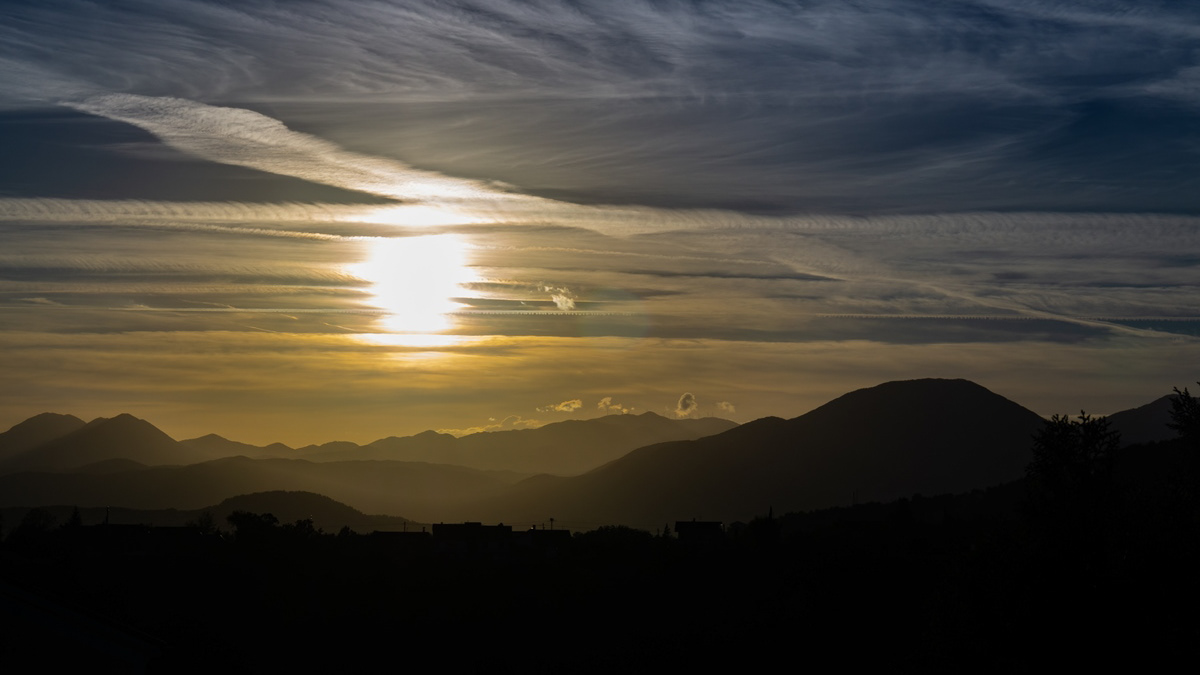
2018
Tramonto sulle Mainarde
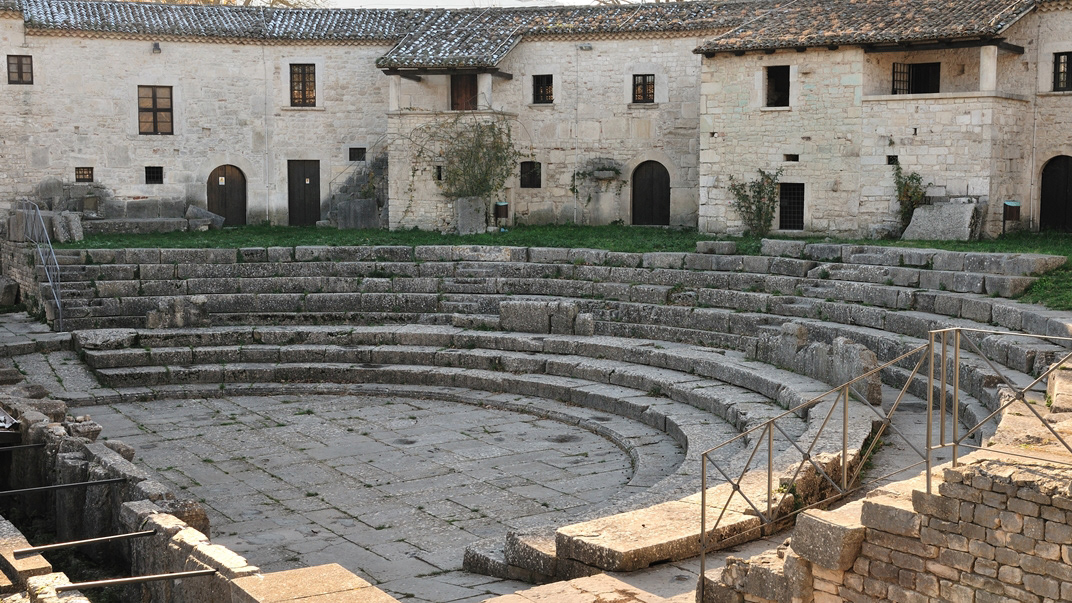
2010
Sepino (CB) - Saepinum
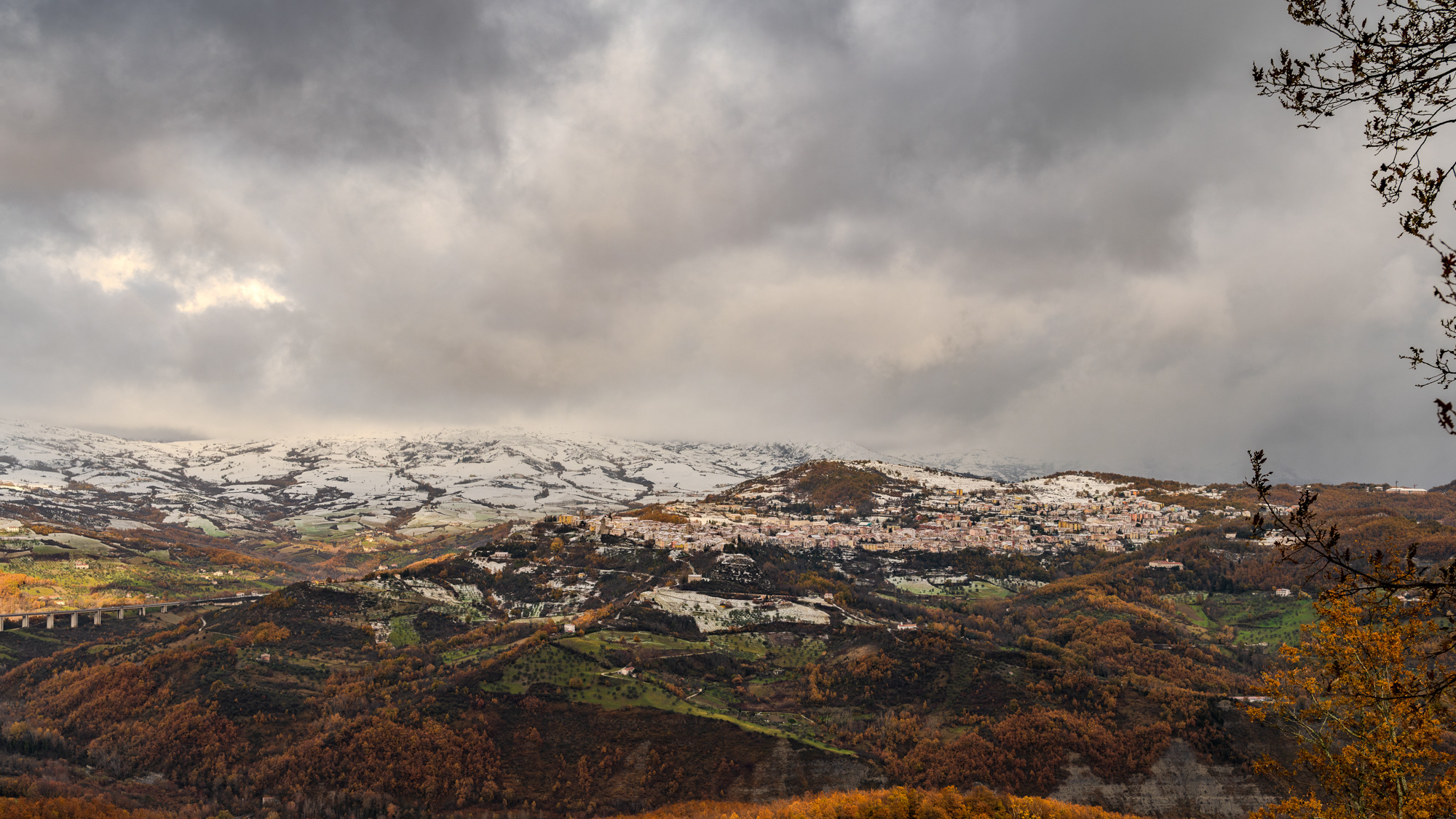
2025
Agnone. Winter landscape 2024
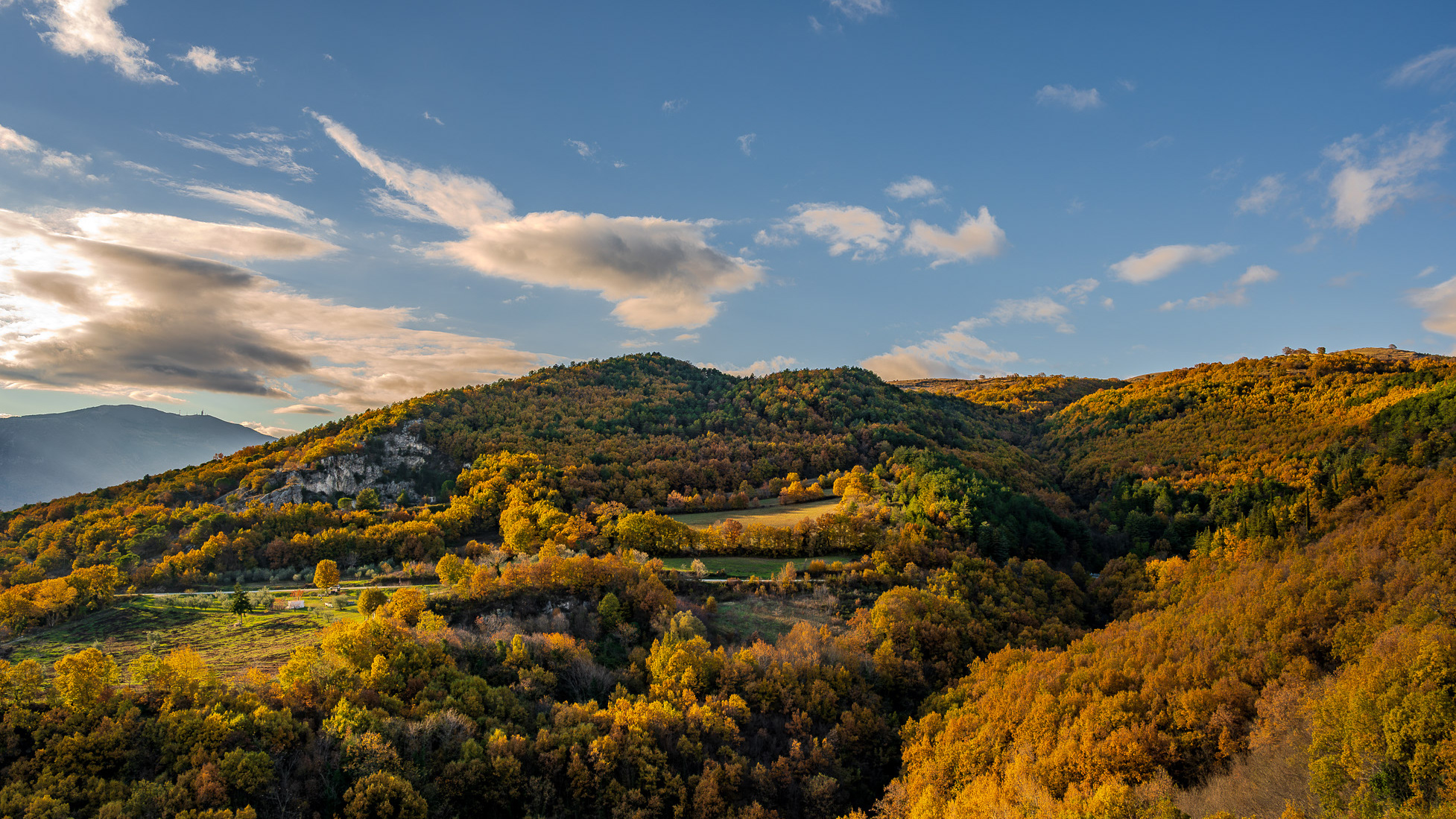
2024
Spectacular autumn landscape
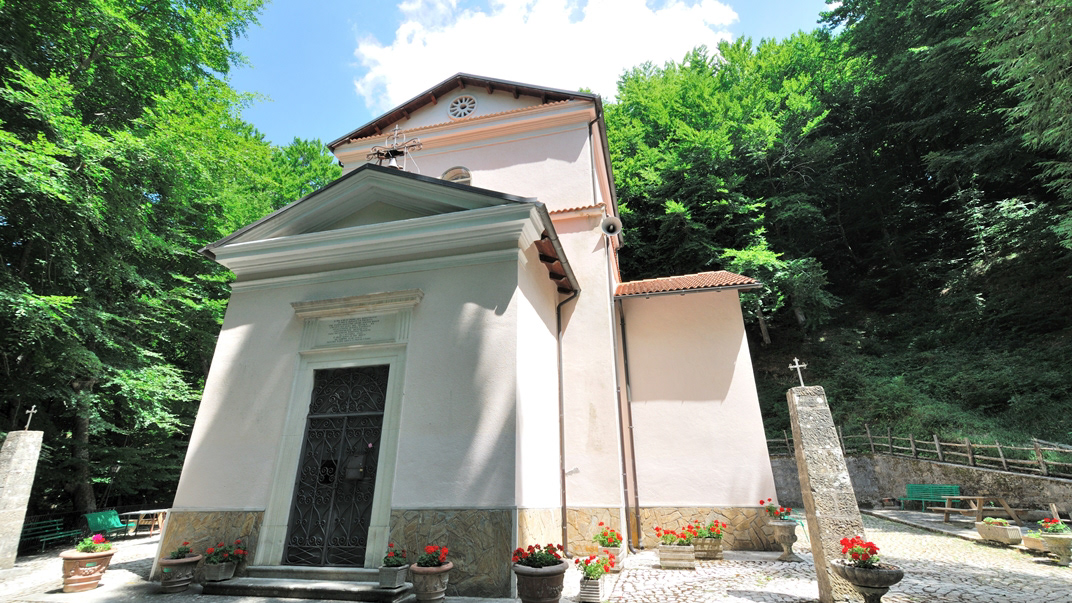
2015
San Pietro Avellana (IS), eremo di S. Amico

2021
Molise, Italy. Glimpses of summer.
Molise is an Italian mountainous region with a stretch of coast overlooking the Adriatic Sea. It includes a part of the Abruzzo National Park in the Apennine mountain range, with a rich wildlife.
